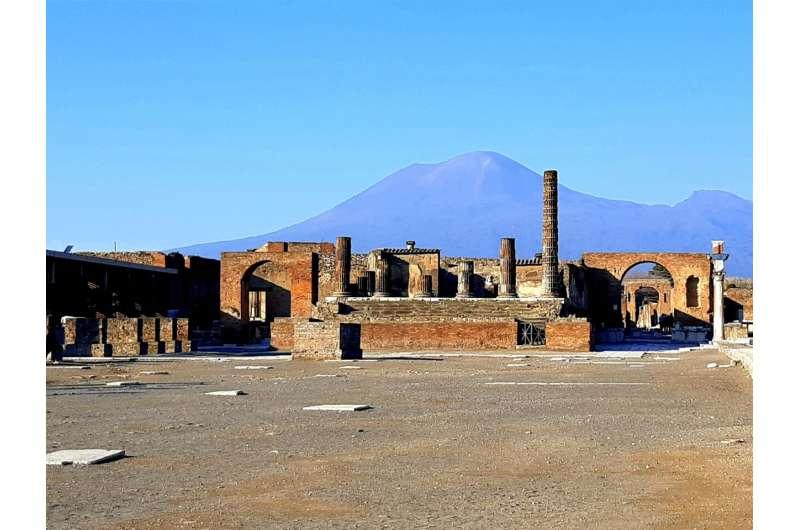Bob Yirka , Phys.org
Source - https://phys.org/news/2023-05-evidence-bird-sacrifices-goddess-isis.html
 Credit: Unsplash/CC0 Public Domain
Credit: Unsplash/CC0 Public Domain
An archaeologist and a biologist have found evidence of birds being sacrificed to the goddess Isis in the excavated ruins of the Temple of Isis in Pompeii. In their study, reported in the International Journal of Osteoarchaeology, Chiara Assunta Corbino and Beatrice Demarchi studied frescos found at the ancient site revealing the role birds played in ritual banquets.
The goddess Isis was first worshiped by people in ancient Egypt. Myths from the time suggest she resurrected her husband and slain brother and thus came to be known as a goddess who helped the dead enter the afterlife. Worship of Isis spread to ancient Greece, where the name meant "great mother," and eventually to Italy and the rest of the Roman Empire.
During this latter time, belief in Isis became a cult-like obsession in which she was worshiped as part of ritual celebrations. Corbino and Demarchi suggest that such rituals were likely performed by priests. They believe they have found evidence of such rituals in frescos on the walls of the Temple of Isis in Pompeii.
Prior research has found that the Temple of Isis was mostly destroyed during an earthquake sometime around A.D. 62. Imagery in the frescos suggest they were added after the earthquake as part of renovations. The researchers found depictions of rituals involving birds. Thus far, they have found evidence of geese, turtle doves, chickens and ibises, along with pigs and various sea creatures. This new finding, the researchers suggest, adds more evidence to theories that birds were used in Isis worship rituals in other places.
The researchers note that the find is significant because such rituals were conducted in private; thus, little evidence of them have been found. The Isis frescos are the first to have been found in Italy. The researchers also note that the birds were charred, suggesting that the people conducting the rituals had eaten them—likely as part of a banquet similar to some of those shown in the frescos.
Chiara Assunta Corbino et al, Birds for Isis: The evidence from Pompeii, International Journal of Osteoarchaeology (2023). DOI: 10.1002/oa.3224